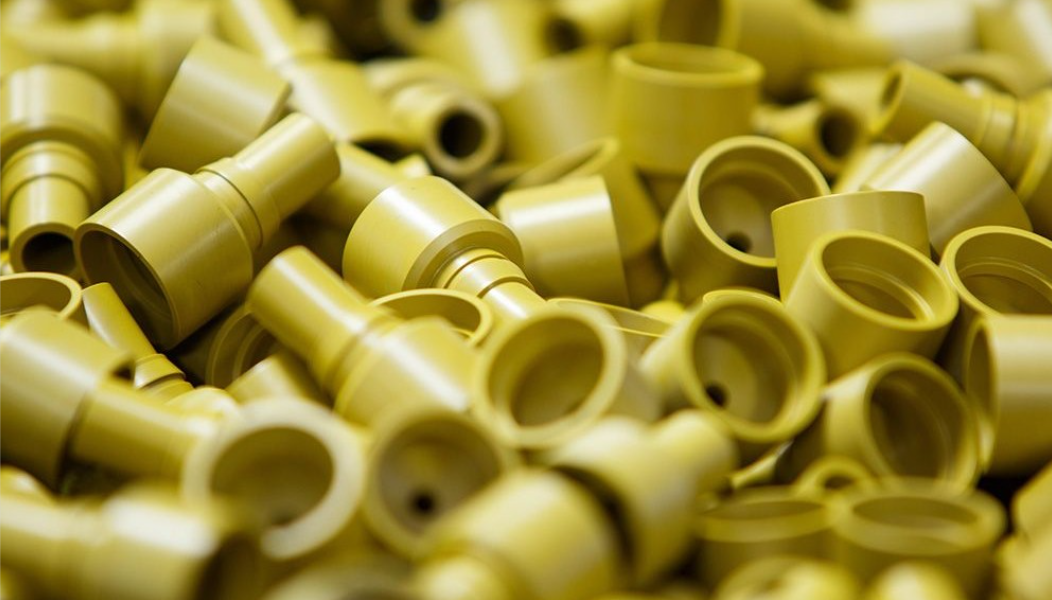Auxiliaries agents are various auxiliary chemicals that need to be added in the production or processing of some materials and products to improve the production process and improve product performance. Plastic processing agent inorganic and organic matter. There are single compounds and mixtures. There are low molecular compounds and high polymers. Generally speaking, the classification of plastic processing AIDS is based on its functions.
- Stabilizer
These kinds of additives endow the plastic products with stable properties and prevent or delay the aging and degradation of the resin in storage, processing, and use. It mainly includes an antioxidant, light stabilizer, heat stabilizer, and anti-mildew agent.
Antioxidants: can inhibit or delay the oxidation process of high-polymer additives known as antioxidants. The oxidation process of the polymer is an autocatalytic chain reaction, which is an important factor leading to aging.
The antioxidant can eliminate the peroxide-free group and reduce the alkoxy-free group generated in the aging reaction, and terminate the chain reaction of oxidation to achieve the purpose of preventing the aging of high polymer oxidation. Antioxidants include substituted phenols, aromatic amines, phosphate esters, sulfur-containing esters, and other compounds.
Heat stabilizer: mainly used for PVC and its copolymers. Polyvinyl chloride (PVC) in the hot working process, before to melt flow has a small amount of molecular chain rupture and release hydrogen chloride, the hydrogen chloride is a kind of acceleration of molecular chain rupture chain reaction catalyst, don’t just break out in a timely manner to eliminate hydrogen chloride will always crack be low molecular polymer chain compounds, to this kind of PVC plastic molding processing. If you add the right basic substance to PVC, you can immediately neutralize the dissolved hydrogen chloride to achieve the above purpose, which is how the thermal stabilizer works. Thermal stabilizers include: metallic salts and soaps (lead basic sulfate and lead stearate), organotin, organic stabilizers (epoxidized oils and esters), chelators (alkyl or aryl esters of phosphorous acid)
- Processing AID
processing additives, also known as processing modifiers, is to improve the processing properties of plastics, promote resin melting and improve thermal deformation and surface gloss of products. Usually includes lubricants, mold release agents, processing modifiers. Lubrication and mold release agents reduce the friction of resin processing, prevent plastic adhesion on the processing equipment or mold, improve production efficiency and ensure the smooth surface of products.
Lubricant: the high polymer in the hot processing, often need to add a small amount of lubricant to achieve the purpose of easy demoulding. Lubricants can be divided into internal and external lubricants: external and internal lubricants. The main function of the external lubricant is to facilitate the flow of the polymer melt away from the hot metal surface of the processing equipment. The external lubricant is less soluble with the polymer and only forms a thin lubricant layer at the interface between the polymer and the metal. The internal lubricant has good solubility with the polymer, which can reduce the cohesion between the polymer molecules, thus contributing to the flow of the polymer and reducing the temperature rise caused by internal friction heat. The most commonly used outer lubricant is stearic acid and its metal salts, and the inner lubricant is low molecular weight polyethylene.
- Functional additive
Functional additives involve a wide range, depending on the different USES can be roughly divided into improving the mechanical and physical properties of additives, softness and lightweight additives, apparent performance improvers, antistatic agents, flame retardant agents.
Antistatic agent: adding an antistatic agent in the plastic formula can reduce or eliminate the formation of static charge on the surface of finished products. Most anti static agents are water-absorbing compounds (electrolytes) that have limited solubility with polymers and can seep into parts of the surface to form water-soluble conductive layers that disperse surface charges. Antistatic agents are usually organic nitrogen compounds (amides, amines, and quaternary amine compounds) or compounds with a polyether structure. The choice of antistatic agent depends on the nature of the polymer, as well as the antistatic agent itself use characteristics, effectiveness, non-toxicity, etc.





